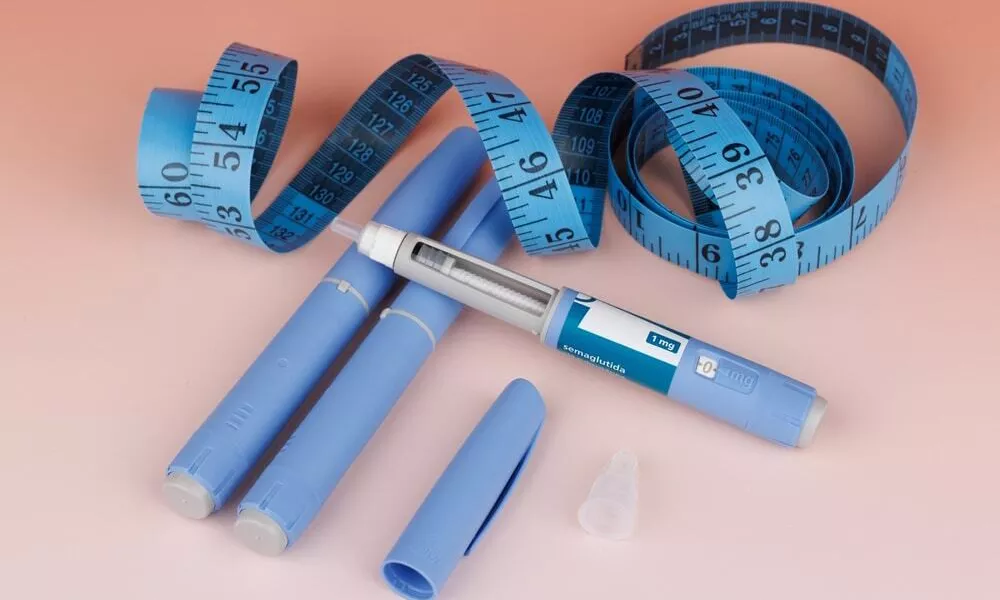Ozempic(semaglutide) has gained significant attention as an effective treatment for type 2 diabetes and weight loss. With its dual benefits of regulating blood sugar levels and aiding in weight reduction, many individuals are considering Ozempic as part of their health regimen. This article addresses frequently asked questions about Ozempic, providing clear and concise answers based on scientific literature and expert recommendations. Whether you’re curious about its usage, potential side effects, or how to obtain it, we cover all the essential information to help you make informed decisions about this medication.
How to get Ozempic for weight loss?
Ozempic (semaglutide) is a prescription medication primarily used for managing type 2 diabetes. However, it has also been approved for weight loss under the brand name Wegovy. To get Ozempic for weight loss, you will need a prescription from a healthcare provider. Your provider will evaluate your medical history, current health status, and weight loss goals to determine if Ozempic is appropriate for you. They may require you to have a Body Mass Index (BMI) of 30 or higher, or 27 or higher with at least one weight-related condition such as hypertension or type 2 diabetes.
What is Ozempic face?
“Ozempic face” is a term that has been used to describe facial changes that some people experience while taking Ozempic for weight loss. As people lose weight, particularly rapidly, they may notice a loss of volume and elasticity in their facial skin, leading to a more gaunt or aged appearance. This effect is due to the reduction of fat deposits under the skin, which can make facial features appear more pronounced.
How to inject Ozempic?
Ozempic is administered as a subcutaneous injection, which means it is injected under the skin. Here are the general steps for injecting Ozempic:
- Wash your hands with soap and water.
- Choose an injection site on your abdomen, thigh, or upper arm. Rotate sites with each injection to avoid skin irritation.
- Clean the injection site with an alcohol swab and let it dry.
- Attach a new needle to the Ozempic pen and remove the protective cap.
- Pinch a fold of skin at the injection site.
- Insert the needle at a 90-degree angle into the skin.
- Press and hold the dose button until the dose counter returns to zero.
- Remove the needle and dispose of it in a sharps container.
How to use Ozempic pen?
Using the Ozempic pen involves several steps to ensure proper dosing and administration. Here is a step-by-step guide:
- Check the pen to ensure it contains the correct medication and is not expired.
- Attach a new needle to the pen and remove both the outer and inner needle caps.
- Prime the pen by turning the dose selector to the flow check symbol and pressing the dose button until a drop of Ozempic appears at the needle tip.
- Select your prescribed dose by turning the dose selector.
- Choose and clean an injection site.
- Insert the needle and administer the dose by pressing the dose button until the dose counter returns to zero.
- Remove and dispose of the needle properly.
Does Ozempic need to be refrigerated?
Yes, Ozempic pens should be stored in the refrigerator at a temperature between 36°F to 46°F (2°C to 8°C). Once opened, the pen can be kept at room temperature (59°F to 86°F or 15°C to 30°C) for up to 56 days. Do not freeze Ozempic, and protect it from light and excessive heat.
How much weight can you lose on Ozempic?
The amount of weight loss on Ozempic varies among individuals. Clinical trials have shown that people using Ozempic can lose an average of 5-10% of their body weight over 68 weeks. Some may experience more significant weight loss, particularly when combined with lifestyle changes such as diet and exercise.
Is semaglutide the same as Ozempic?
Yes, semaglutide is the active ingredient in Ozempic. Semaglutide is a glucagon-like peptide-1 (GLP-1) receptor agonist that helps regulate blood sugar levels and suppress appetite. It is marketed under different brand names, such as Ozempic for diabetes management and Wegovy for weight loss.
What is Ozempic butt?
“Ozempic butt” is a colloquial term used to describe the loss of volume and sagging of the buttocks that some individuals may experience while losing weight with Ozempic. Similar to “Ozempic face,” this occurs due to the reduction of fat deposits in the area, leading to changes in appearance.
How to get Ozempic covered by insurance?
To get Ozempic covered by insurance, follow these steps:
- Consult with your healthcare provider to determine if Ozempic is appropriate for you.
- Have your provider submit a prior authorization request to your insurance company, including your medical history and the necessity of the medication.
- Check your insurance plan’s formulary to see if Ozempic is covered.
- If denied, consider appealing the decision with additional supporting documentation from your healthcare provider.
How often do you take Ozempic?
Ozempic is typically taken once a week, on the same day each week. Your healthcare provider will prescribe the appropriate dose and schedule based on your individual needs and response to the medication.
Can you take semaglutide while pregnant?
There is limited data on the use of semaglutide during pregnancy. Animal studies have shown adverse effects on fetal development. Therefore, it is generally recommended to avoid using semaglutide, including Ozempic, during pregnancy. Consult with your healthcare provider for alternative treatments if you are pregnant or planning to become pregnant.
Can you take semaglutide while breastfeeding?
The safety of semaglutide while breastfeeding is not well established. It is unknown whether semaglutide is excreted in human milk. Due to the potential for adverse effects on the nursing infant, it is recommended to avoid using semaglutide while breastfeeding. Discuss with your healthcare provider for alternative options.
About PatchMD
PatchMD offers innovative vitamin supplement patches designed to deliver essential nutrients directly into the bloodstream, bypassing the digestive tract for maximum absorption and convenience. Our patches are an excellent complement to weight loss medications like Ozempic, providing a consistent and effective way to maintain optimal vitamin and mineral levels. By using PatchMD’s topical patches, patients can support their overall health and well-being without the gastrointestinal issues often associated with oral supplements. Explore our range of patches to find the perfect solution for your nutritional needs while on your weight loss journey with Ozempic.
Meet the Author

Bradley Keys
Bradley Keys is an accomplished writer who has covered a wide variety of health, nutrition, and wellness topics. He graduated with a Bachelor of Science from Florida State University, and has extensively explored a diverse range of subjects within the realms of health, wellness, and nutritional supplementation, showcasing a broad and in-depth understanding of these interconnected fields.
Reviewed by :

Dr. Majid Sabour
Dr. Majid Sabour, MD, is a renowned expert in medical weight loss and the founder and medical director of Gent's Doctor clinic in Beverly Hills, California. With over 25 years of experience, Dr. Sabour is board-certified in family medicine and specializes in helping patients achieve their weight loss goals through personalized medical treatments. He graduated from Zaporizhzhia State Medical University in Ukraine and completed a family medicine residency program with Columbia University and Cornell at New York-Presbyterian Hospital in Manhattan. Licensed in both New York and California, Dr. Sabour is dedicated to providing comprehensive weight loss solutions that promote overall health and well-being.









